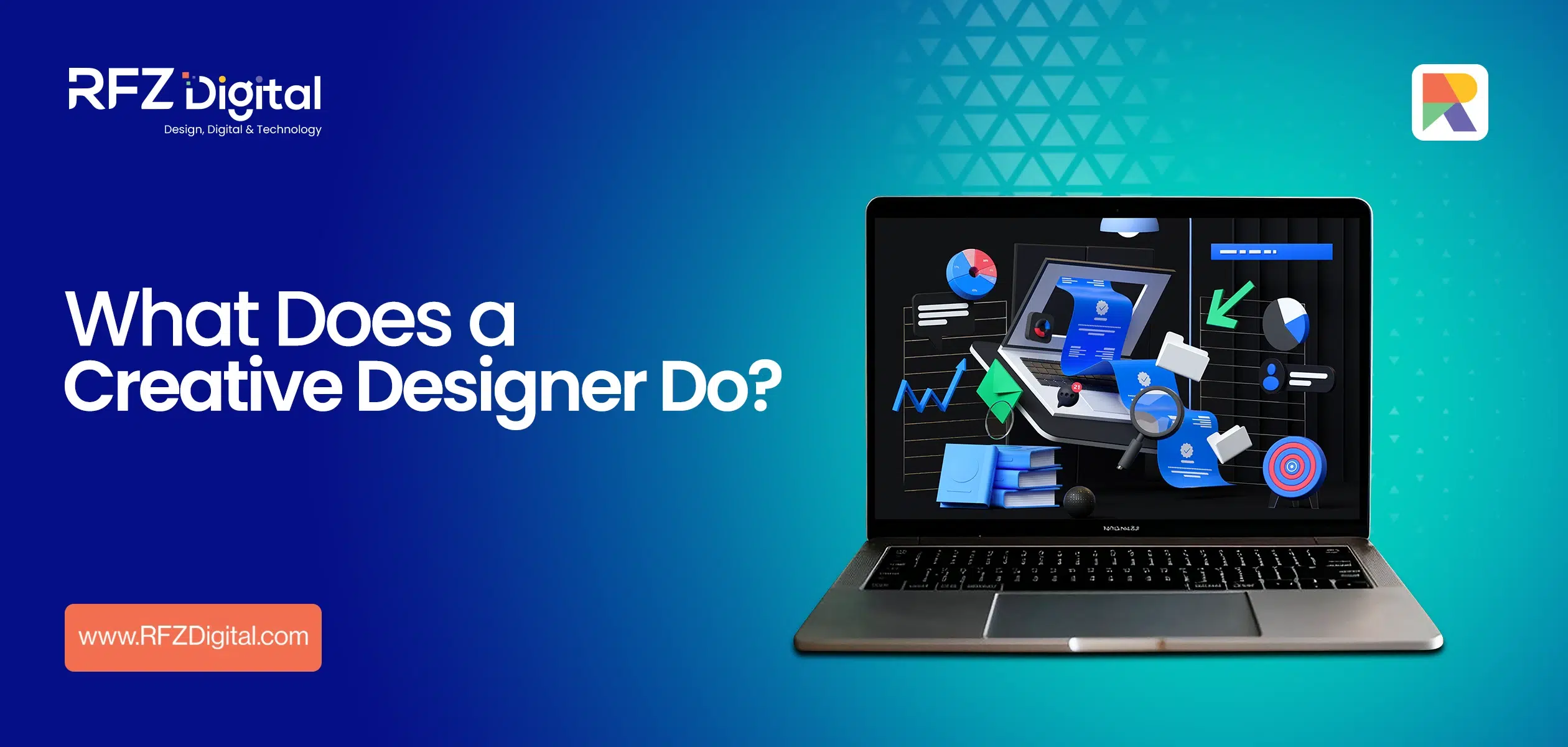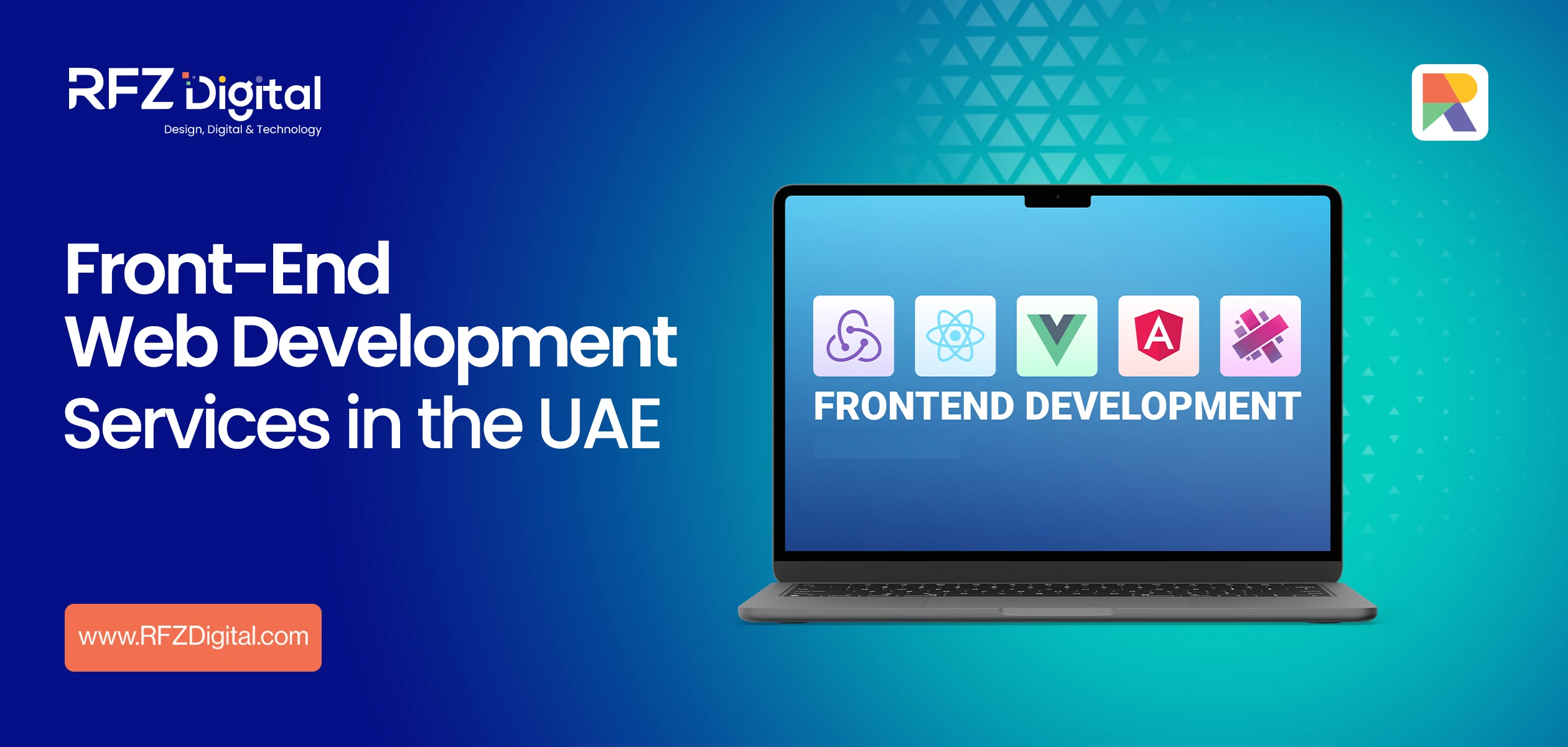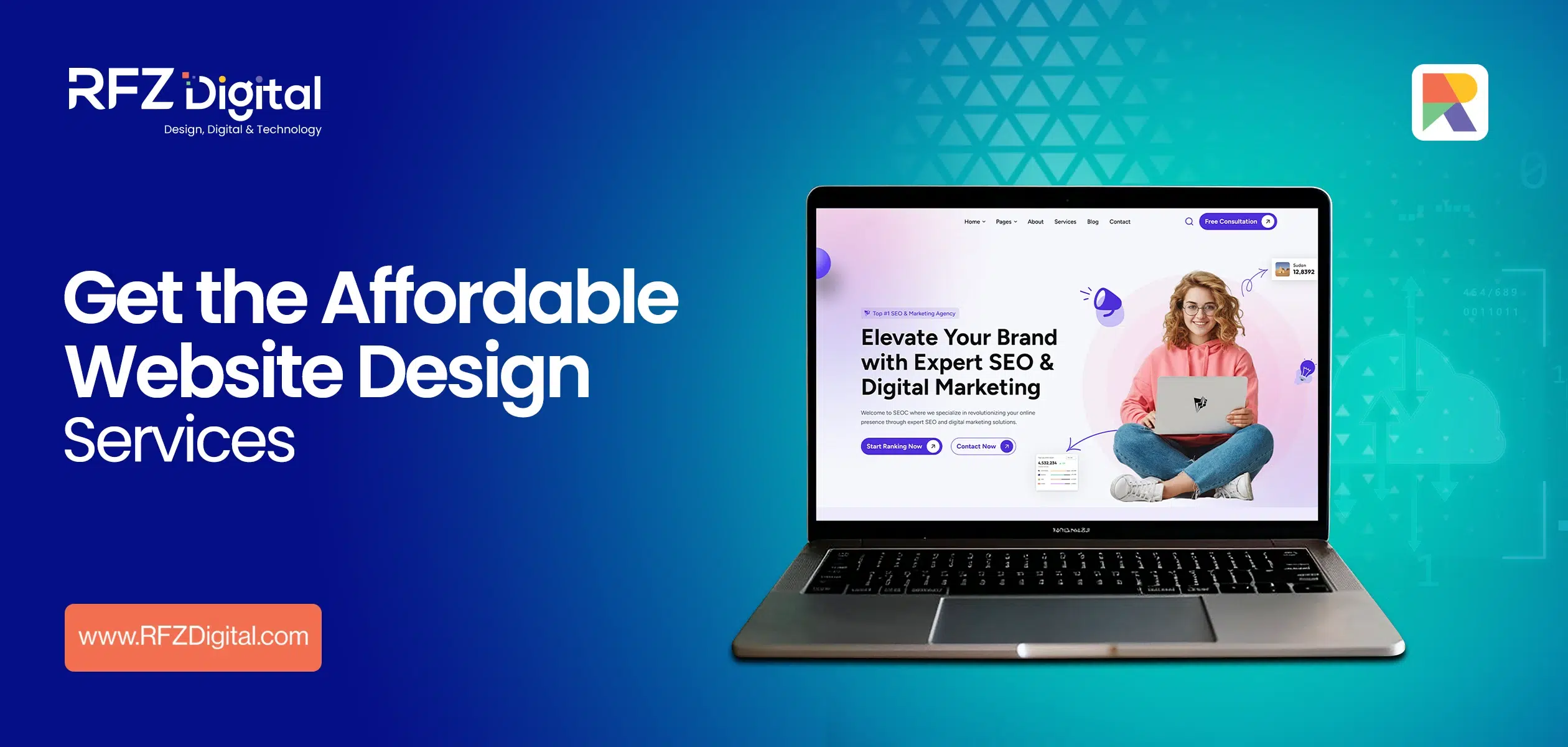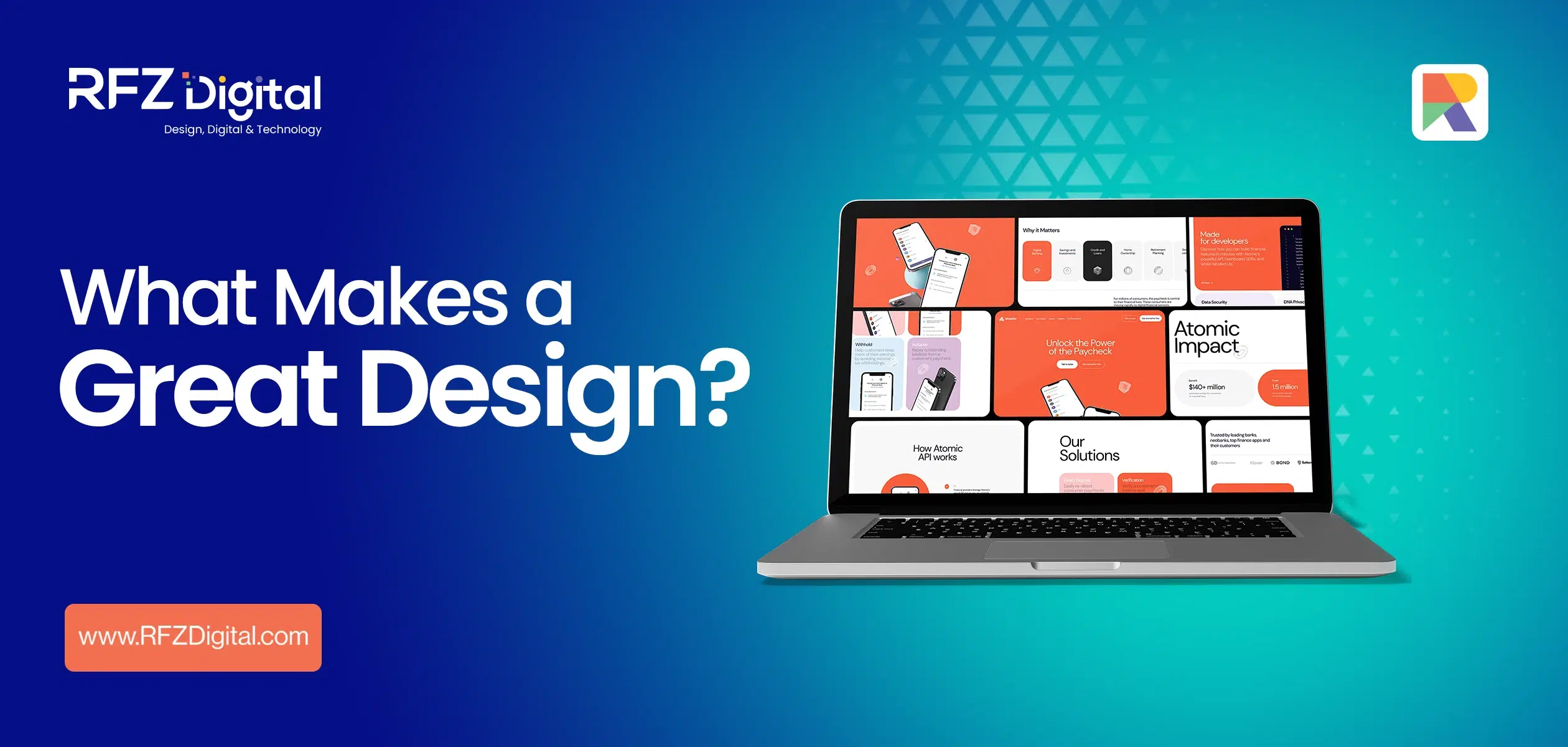In a contemporary marketplace where visual appeal carries immense weight, the role of a creative designer is indispensable. Their work goes beyond mere graphic design, encompassing a wider palette of responsibilities and an impact that is felt across industries and demographics. Here, we'll dissect the multifaceted life of a creative designer, exploring their remits, competencies, and influence. This article seeks to provide an in-depth exploration of the responsibilities and qualifications associated with the role of a creative designer.
Exploring the Role of a Creative Designer:
The work of our creative designers encompasses the creation of captivating videos, striking images, and other visually compelling content aimed at drawing in customers and establishing a standout brand identity. Through our graphic design services, we have consistently assisted numerous brands in crafting their unique visual presence.
- Designers often find themselves faced with the challenge of effectively conveying the nature of their work, which can vary significantly across different companies and even within different roles.
- Creative designers wield significant influence in shaping our perceptions and experiences, playing a pivotal role in the products we interact with and the advertisements we encounter. Here’s a comprehensive overview of what it means to be a creative designer.
- A creative designer goes beyond mere proficiency with design software. They engage with clients to comprehend their requirements and expectations, leveraging this understanding to create designs that effectively convey messages or solve problems in visually captivating ways.
- Key to the role of a creative designer is the ability to innovate and think outside conventional boundaries. Generating distinctive ideas that can cut through the noise of a competitive market demands traits such as creativity, imagination, and a willingness to embrace calculated risks.
- Furthermore, effective communication skills are essential for creative designers. They must adeptly articulate their design decisions and reasoning to clients and team members while also actively listening to and incorporating feedback into their designs.
- In essence, the responsibilities of a creative designer encompass the creation of visually engaging content, the cultivation of unique brand identities, and the ability to effectively communicate and collaborate with clients and colleagues.
What is a creative designer?
A Professional creative designer leverages their skills and expertise to conceive visual concepts that effectively communicate ideas and messages. Their focus spans the aesthetics of a project, encompassing considerations such as color schemes, typography, layout, and various design elements to create visually appealing outputs.
Collaboration with clients, team members, and stakeholders is pivotal in understanding their needs as well as those of the target audience, thus facilitating the development of designs that fulfill these requirements. Ultimately, the creative designer injects a unique perspective into each project, enabling it to stand out amidst its peers. Creative designers deliver a diverse range of design assets to their clients, customized to the specific demands of each project.
Logos and brand identities:
Experienced designers are capable of crafting a distinctive logo and comprehensive brand identity that aptly represents a company or product.
Print and digital marketing materials:
This encompasses various marketing collateral such as brochures, flyers, design posters, social media graphics, and email newsletters that aim to promote and advertise a product or service.
Website design:
In the realm of website development, designers and developers work in tandem to produce visually appealing and intuitive websites that cater to the end-user’s needs. With a focus on aesthetics and functionality, these professionals leverage their expertise to create websites that strike a balance between form and function.
User interfaces (UI) and user experience (UX) design:
User interface (UI) designers possess the skill and expertise to develop intuitive and user-friendly interfaces for mobile applications or websites. The interfaces are carefully crafted to ensure ease of use and navigation for users while also taking into account technical aspects such as layout, responsiveness, and accessibility.
Packaging design:
Creative designers possess the expertise to design product packaging that is both visually appealing and practical. Along with these particular tasks, they can also offer assistance in establishing the branding strategy and lend support as required.
What is the difference between a Creative Designer and a Graphic Designer?
- The distinction between a creative designer and lies in their respective scopes and focuses within the realm of design. While both roles involve visual communication, there are key differences in their approaches and responsibilities.
- A creative designer typically has a broader scope, encompassing various design aspects beyond just graphic elements. Creative designers often work on conceptualizing and crafting overall visual concepts and experiences, which may extend to areas such as branding, product design, user interface (UI) design, and even aspects of marketing strategy. They tend to prioritize innovation, originality, and a holistic approach to design, aiming to create distinctive and memorable experiences for the audience.
- On the other hand, a graphic designer typically specializes in the creation of visual content with a more specific focus on graphic elements such as layouts, typography, and imagery. Their work often centers around the development of materials like logos, advertisements, brochures, and other marketing collateral. While they may contribute to the visual identity of a brand or project, their focus is primarily on the visual representation and composition of the content.
- Creative designers often have a broader and more holistic approach to design, while graphic designers specialize in creating specific visual content.
Responsibilities of the Creative Designer:
The responsibilities of a creative designer typically include:
- Conceptualizing and crafting visual concepts that effectively communicate ideas and messages.
- Considering and implementing aesthetic elements such as color schemes, typography, layout, and design components to create visually appealing outputs.
- Collaborating with clients, team members, and stakeholders to understand their needs and the target audience’s requirements.
- Developing designs that fulfill the identified needs and resonate with the intended audience.
- Injecting a unique perspective into each project to ensure it stands out and captures attention.
- Delivering a diverse array of design assets tailored to the specific demands of each project.
- These responsibilities collectively contribute to the creation of compelling and impactful visual experiences that align with the objectives of the project or brand.
Skills and Education Required to Be a Creative Designer:
To become a successful creative designer, several skills and a well-rounded education are typically required. Many people are searching for information on how to become a graphic designer. Here’s a breakdown of the key skills as well as the education necessary to excel in this role:
Certain skills are required to become a Creative designer.
Creativity:
Creative designers need to possess a strong creative mindset, enabling them to generate innovative and original ideas for visual concepts. This creative thinking is essential for developing unique and compelling designs that capture attention.
Attention to Detail:
Attention to detail is crucial for ensuring that every aspect of a design, from color choices to typography and layout, is meticulously crafted to achieve the desired visual impact. This skill ensures that the final output meets the highest standards of quality.
Flexibility:
Creative designers should be adaptable and open to exploring diverse design approaches. Flexibility allows them to navigate different project requirements and adjust their design strategies to meet specific client needs or project objectives.
Communication Skills:
Effective communication is vital for understanding client requirements and collaborating.
In Conclusion:
In summary, creative designers are visionary problem-solvers who breathe life into ideas through design. They need to think innovatively and possess strong communication skills. A typical day for a creative designer involves collaborating with clients to conceptualize and craft logos, brand identity guidelines, print and digital materials, websites or user interfaces, as well as engaging in packaging design.
If you have a natural flair for creativity and a deep passion for design, you’re already on the path to becoming a creative designer. The next steps involve honing your skills, networking with peers in the design industry, and, most importantly, building a portfolio that showcases your talent to potential employers.
To avail of exceptional creative designing services in Dubai, UAE, take the first step towards elevating your brand presence through digital transformation by getting in touch with RFZ Digital. Their expertise in web design, graphic design, and digital marketing can help bring your vision to life and captivate your audience. Contact RFZ Digital today to unlock the full potential of your brand’s online presence.

 0
0





Comments:
No comments yet. Be the first to comment!